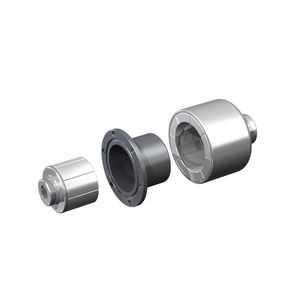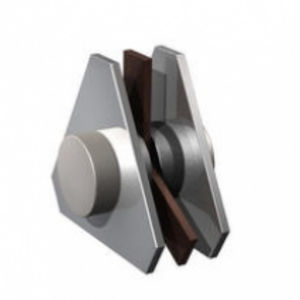
- Products
- Custom magnetic assembly
- Dexter Magnetic Technologies
Custom magnetic assembly IRM-RMN
Add to favorites
Compare this product
Characteristics
- Options
- custom
Description
Dexter Magnetic Technologies has designed and produced a large variety of permanent magnet static field sources for MRI/NMR applications, some based on our current quadrature magnet patents and others so unique that patents have been applied for.
Magnetic Resonance Imaging (MRI) was known as Nuclear Magnetic Resonance (NMR) until the ‘nuclear’ connotation became unpopular, but both names denote the Magnetic Resonance (MR) principle involved. Besides the MRI machines one finds in hospitals, magnetic resonance devices are commonly in devices used to ensure proper chemistry / material mix, such as equipment used to monitor quality of asphalt.
MR detects an atom’s gyromagnetic ratio, the ratio of the magnetic dipole moment, due to nuclear spin, to the mechanical angular momentum, to discriminate between elements. Almost every element in the periodic table has an isotope with a non zero nuclear spin, but to be useful the isotope must also be abundant in the volume being analyzed. Therefore, the nuclei of interest in MRI of the human body and other living organisms are those of hydrogen, carbon, nitrogen, sodium, phosphorus, potassium and calcium.
MRI system components include:
a magnetic dipole to establish a static magnetic field,
a gradient coil,
an RF coil to produce an alternating magnetic field at 90° to the static magnetic field, and
an antenna coil.
Catalogs
No catalogs are available for this product.
See all of Dexter Magnetic Technologies‘s catalogsOther Dexter Magnetic Technologies products
Magnetic Assemblies
*Prices are pre-tax. They exclude delivery charges and customs duties and do not include additional charges for installation or activation options. Prices are indicative only and may vary by country, with changes to the cost of raw materials and exchange rates.







